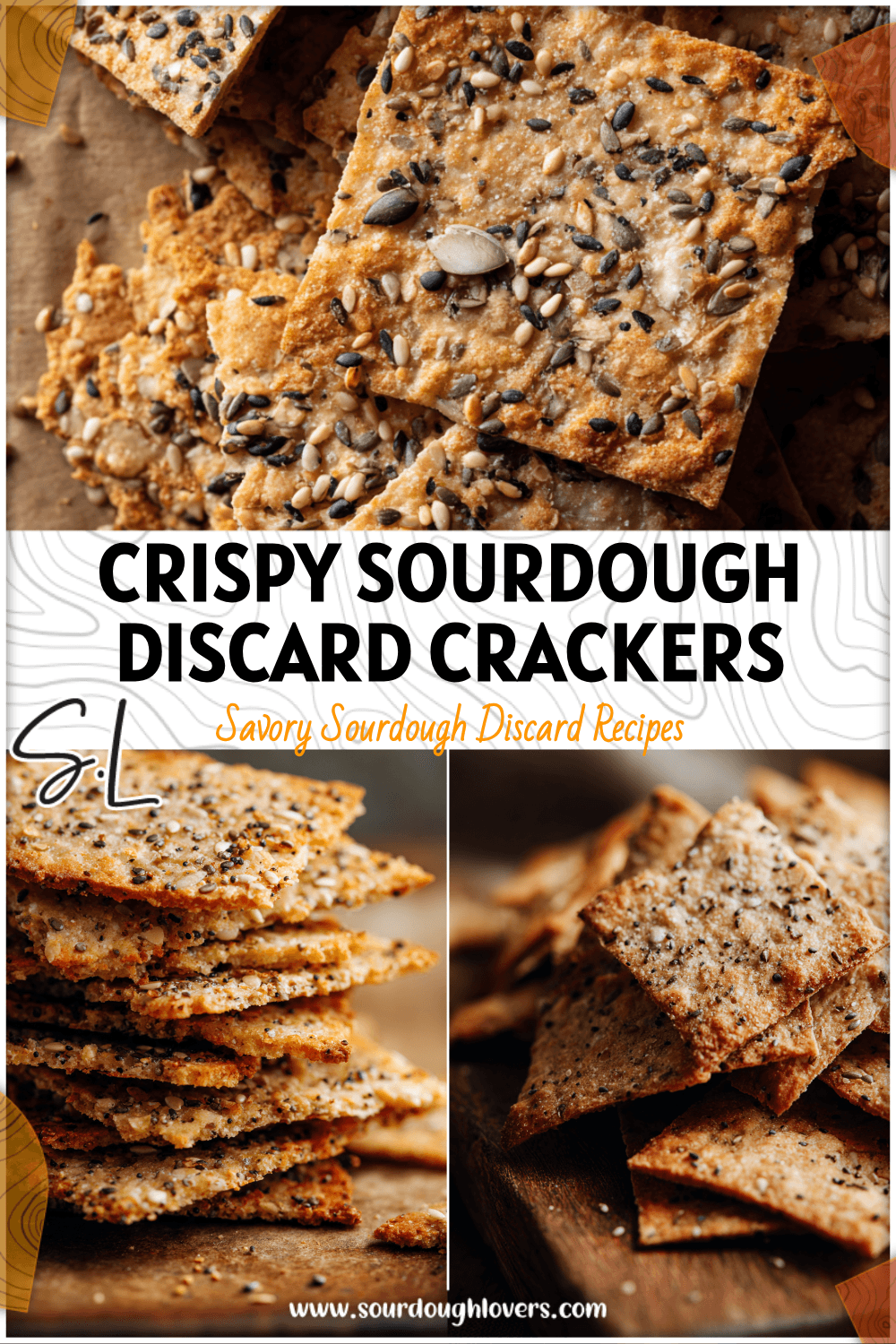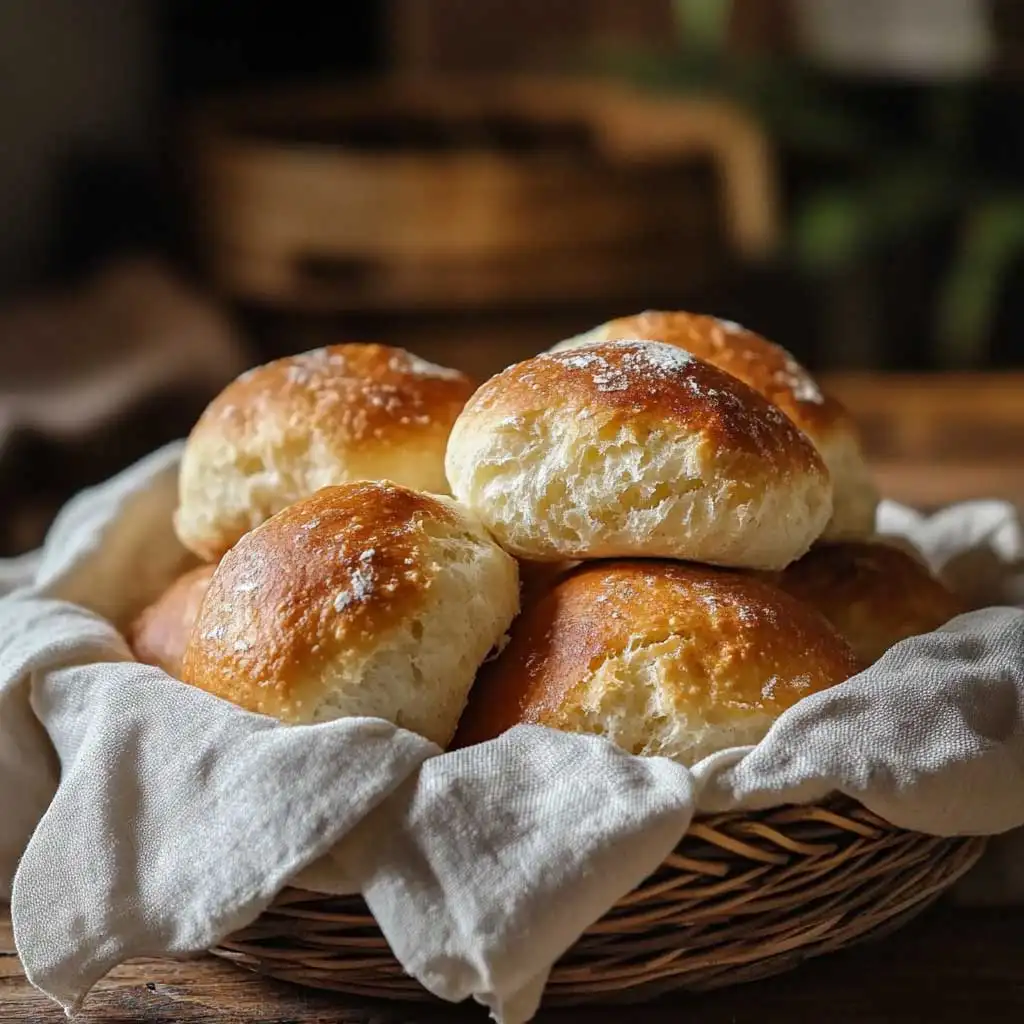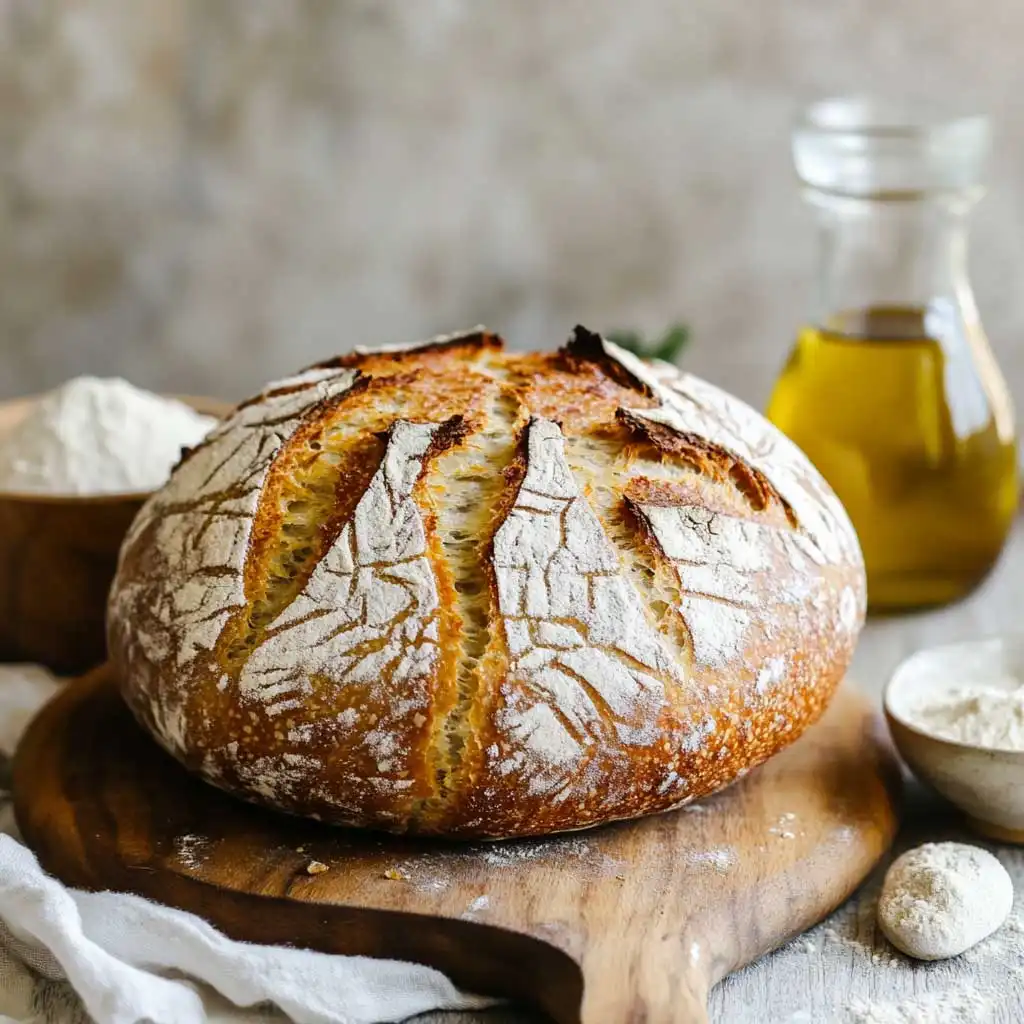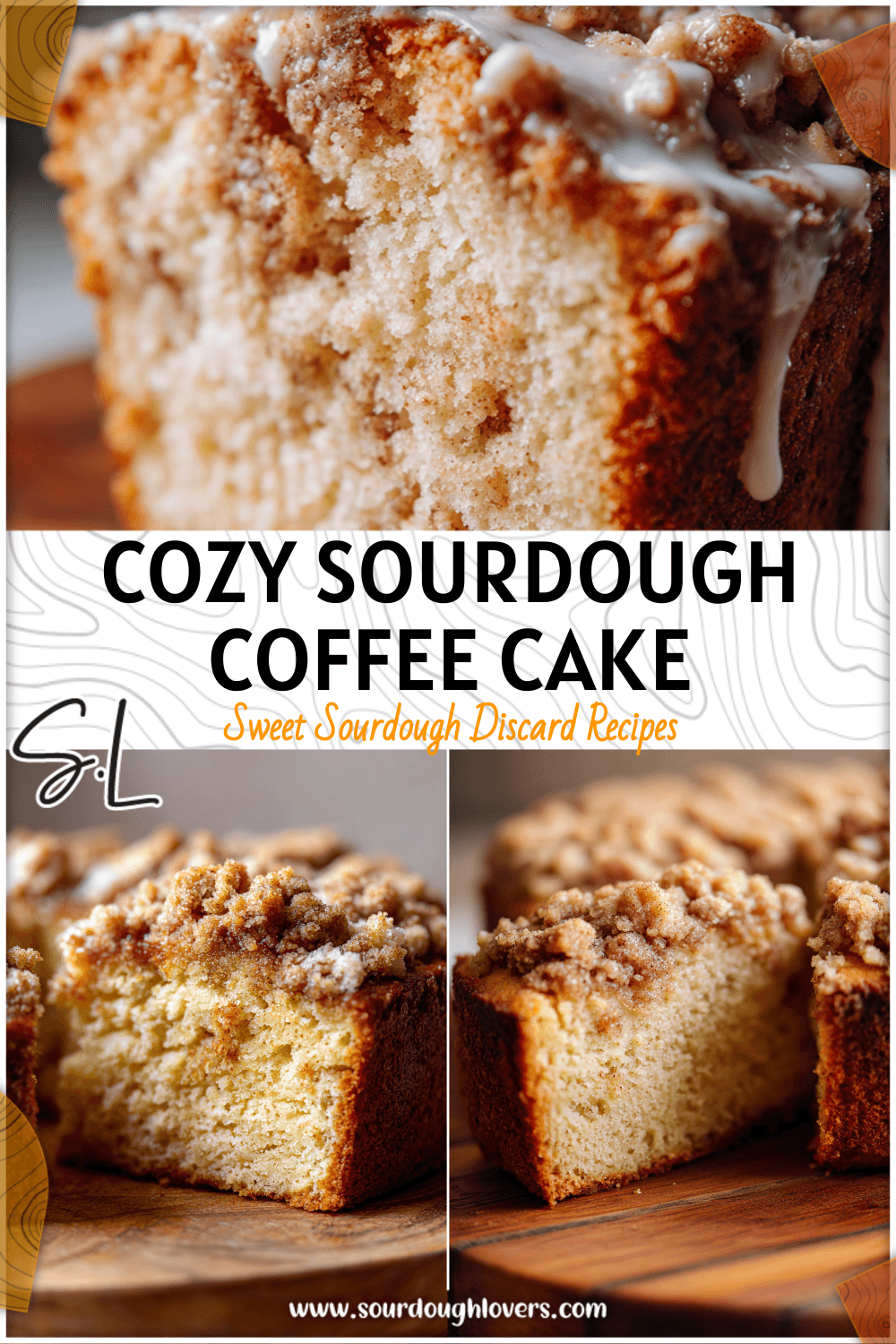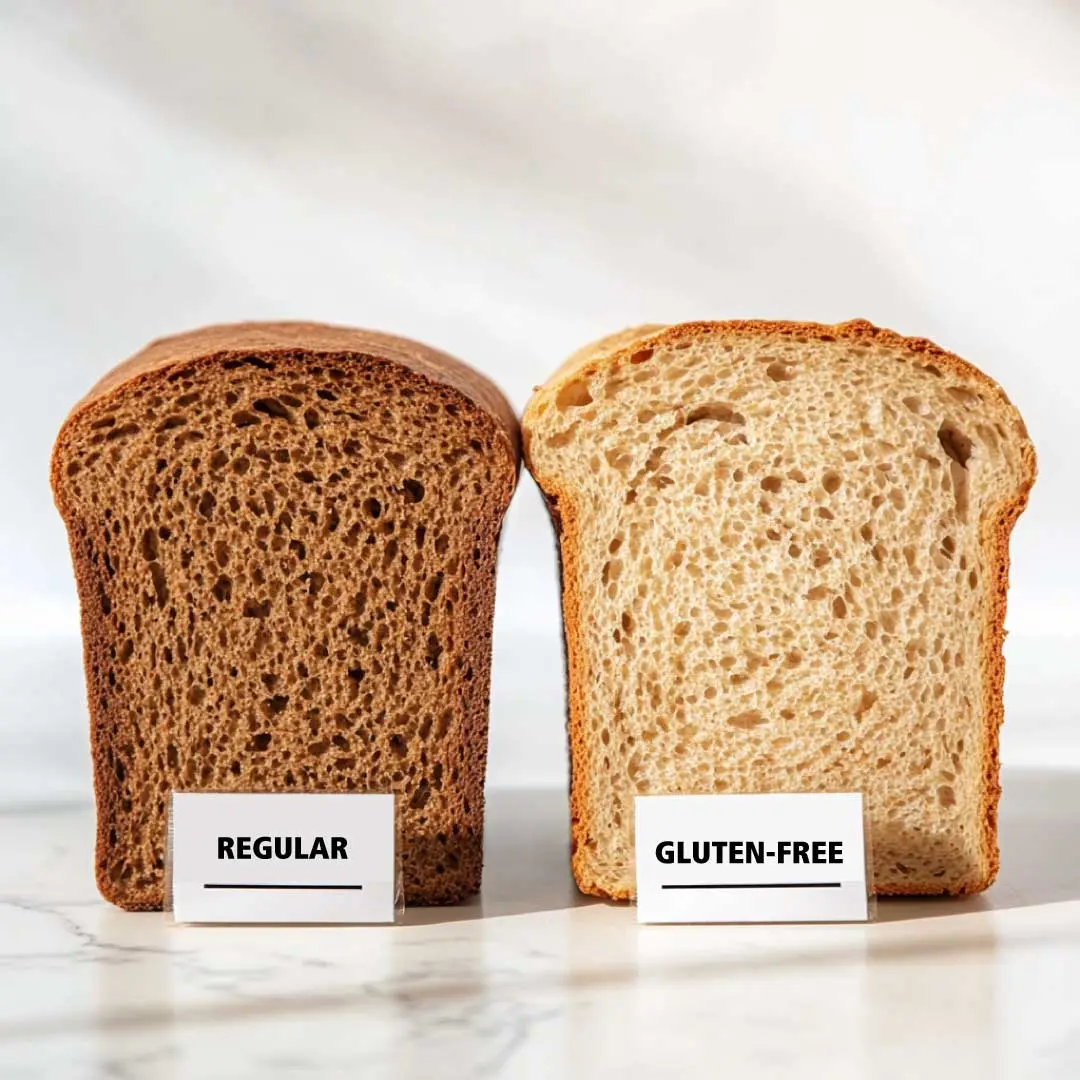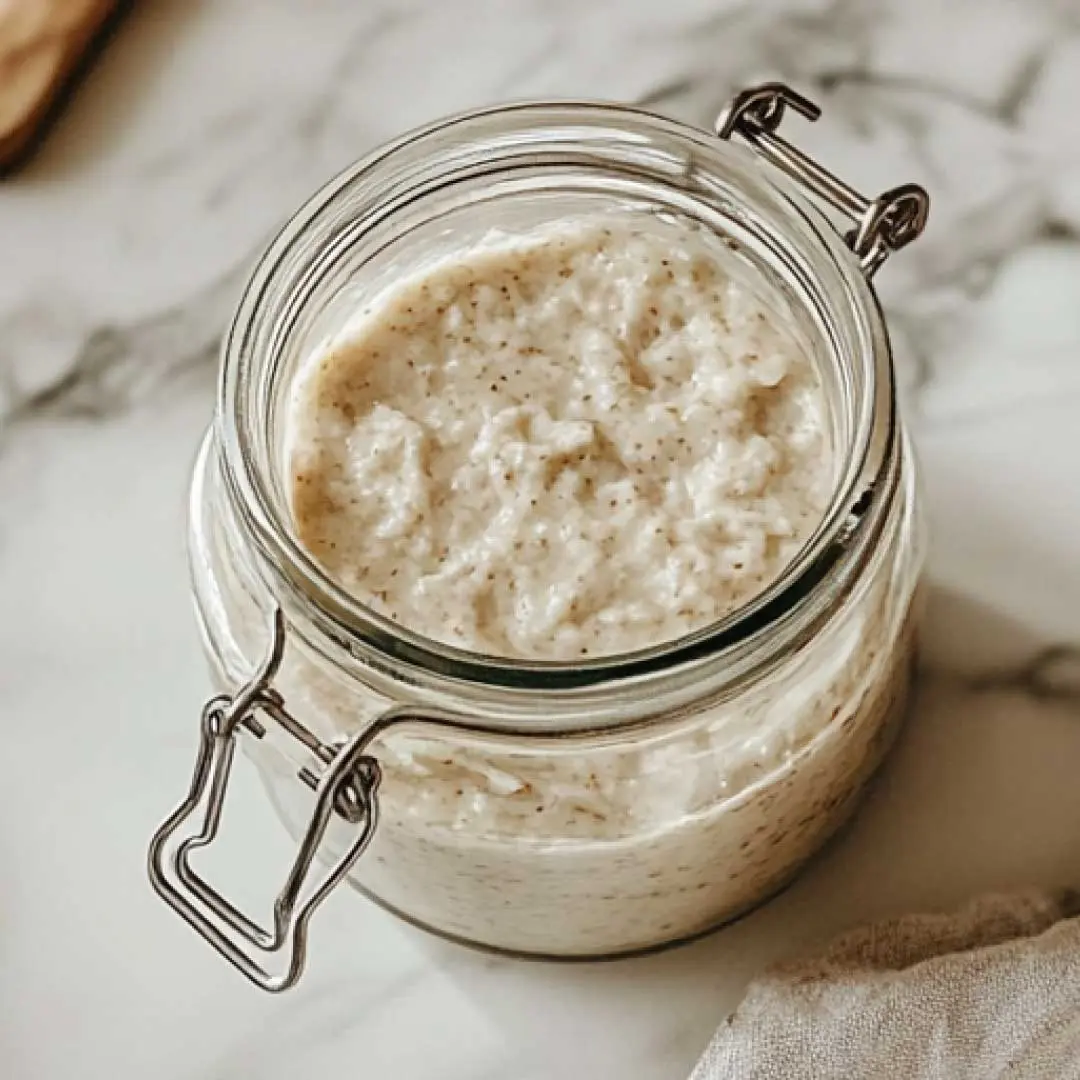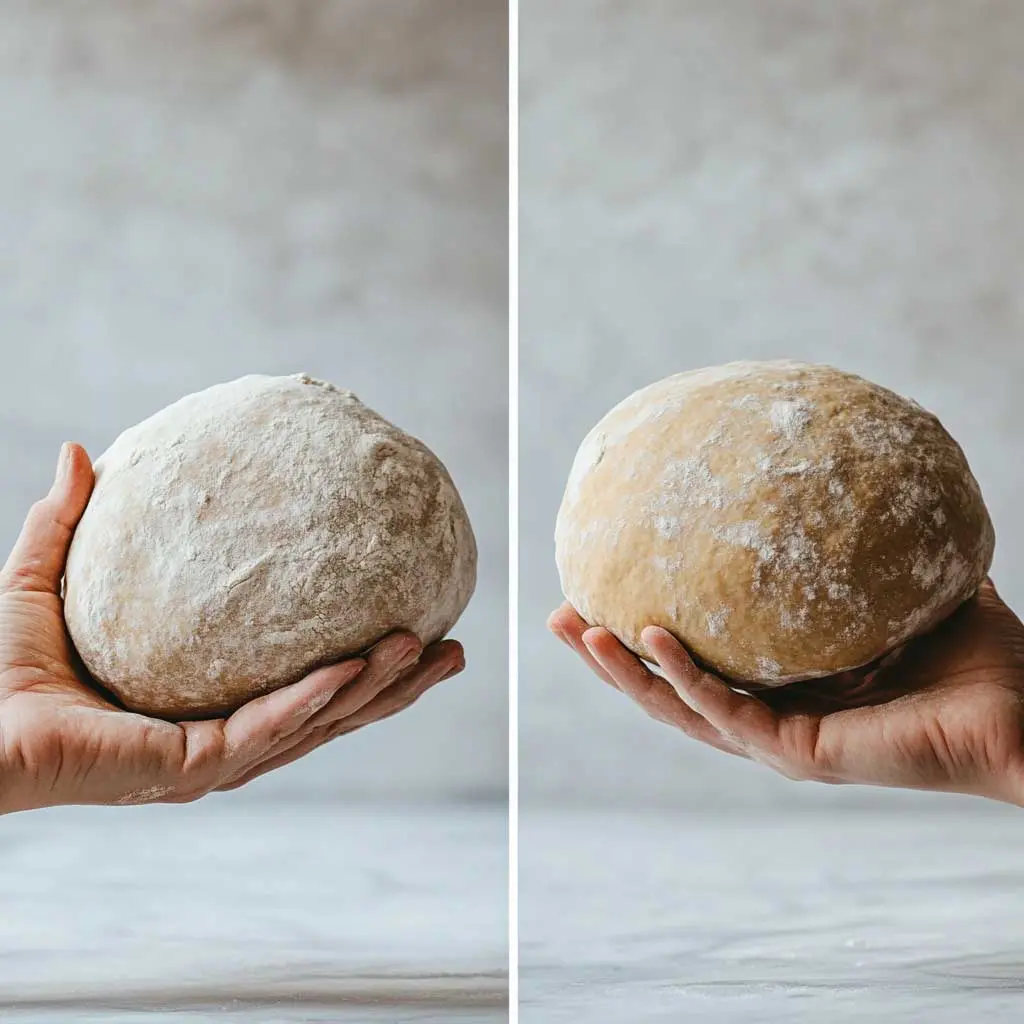The first time I baked Rustic Sourdough Discard French Bread, I never expected that something born from scraps could feel so rewarding. It started with a jar of sourdough starter discard — the portion we usually toss away after feeding our starter. The day was quiet, the morning rain tapping against the window, and curiosity nudged me toward the kitchen. Instead of pouring the discard down the drain, I decided to treat it as the beginning of something hopeful and fresh.
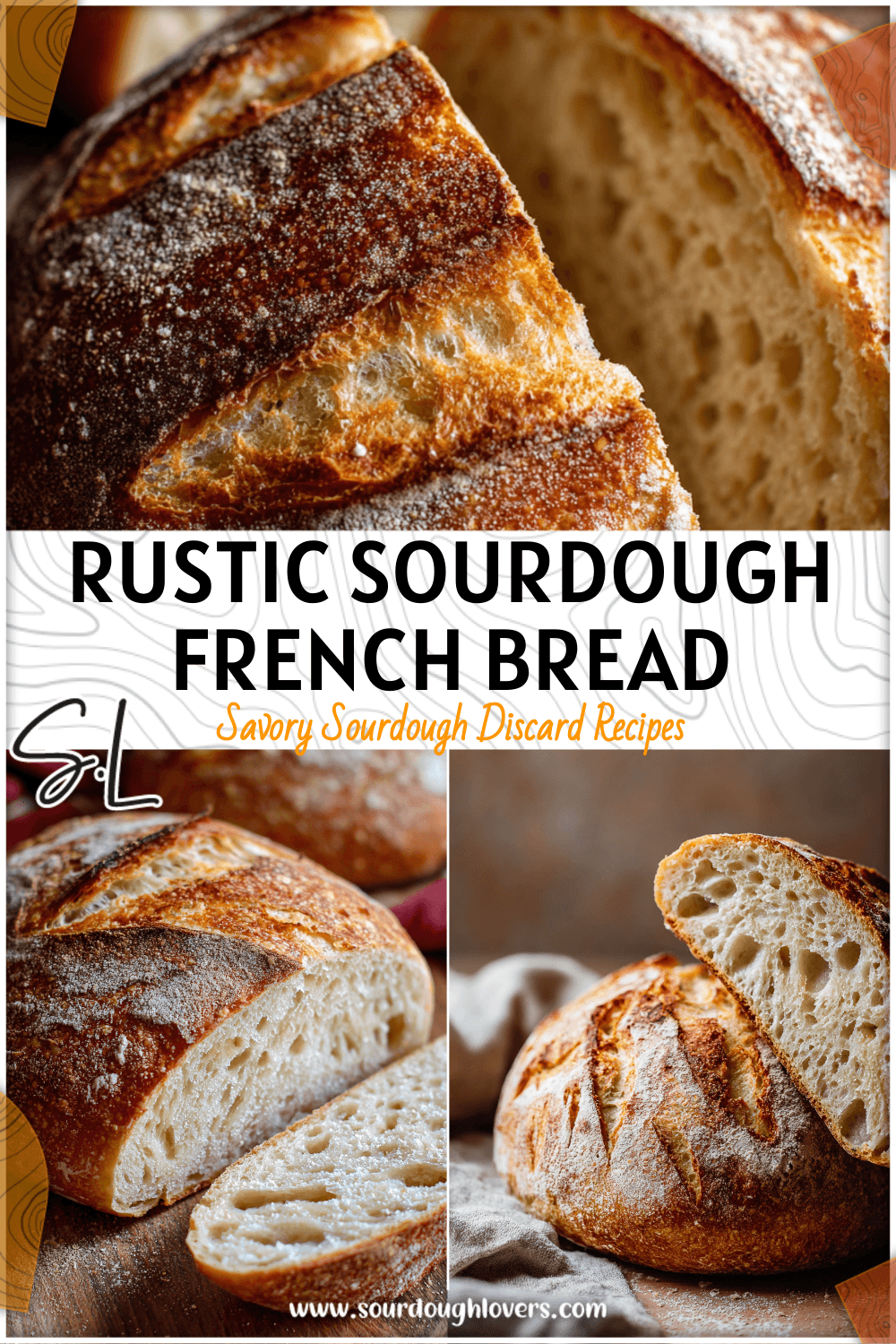
As the dough came together under my hands, the faint tangy scent of the sourdough starter hinted at depth and complexity. When the loaf finally emerged from the oven — its crust a deep, golden brown and its surface marked with rustic creases from the scoring knife — the aroma that filled the room was intoxicating. That warm, slightly nutty smell mingled with the gentle sourness of fermentation to create a sensory moment that felt both ancient and deeply comforting.
When it cooled and I cut into it, I was greeted by the soft crackle of the crust giving way beneath the knife. Steam curled upward, carrying a scent that spoke of patience and care. I remember spreading a touch of butter across the first slice and tasting what felt like the culmination of hours of simple joy. This Recipe Using Sourdough Starter transformed my ordinary kitchen into a little artisan bakery. It wasn’t just about saving discard anymore — it was about finding beauty in imperfection, making something honest and nourishing from what’s typically thrown away.
Print
Rustic Sourdough Discard French Bread
- Total Time: 3 hours 30 minutes
- Yield: 1 loaf 1x
Description
A crusty artisan French-style loaf made with sourdough discard and a touch of yeast for reliable rise and complex flavor.
Ingredients
Instructions
1. Whisk together bread flour sugar salt and yeast in a large bowl
2. In a separate bowl mix warm water sourdough discard and olive oil
3. Combine wet and dry ingredients and stir until no dry flour remains then cover and rest 20 minutes
4. Turn dough onto a floured surface and knead for 8 to 10 minutes until smooth and elastic
5. Place dough in an oiled bowl cover and let rise for 1 to 2 hours until doubled
6. Shape dough into a loaf seal seams place on parchment or in proofing basket
7. Cover and proof for 30 to 45 minutes while preheating oven to 450°F
8. Score the loaf with diagonal slashes using a sharp knife or lame
9. To bake in a Dutch oven place dough in preheated pot cover and bake 25 minutes then uncover and bake 15 to 20 minutes
10. If baking on a tray add a pan of water for steam and bake 35 to 40 minutes
11. Cool the bread on a wire rack for at least 30 minutes before slicing
- Prep Time: 2 hours 45 minutes
- Cook Time: 45 minutes
- Category: bread
- Method: baking
- Cuisine: French
Nutrition
- Serving Size: 8 slices
Keywords: rustic sourdough, sourdough discard, french bread, artisan bread, bread recipe, sourdough starter, homemade bread, crusty loaf, bakery at home
Each time I bake Rustic Sourdough Discard French Bread now, it becomes a calming ritual — the gentle kneading, the wait as the dough rises, the soft anticipation before that first golden crust cracks in the oven. Like all great Artisan Bread Recipes, it reminds me that even with basic ingredients — flour, water, salt, and time — creativity and care can yield something extraordinary. This loaf tells the story of simplicity meeting craftsmanship, one slice at a time.
Why Sourdough Discard French Bread Works Every Time
There’s a certain magic in the chemistry of sourdough, even when you use its discard form. What makes Rustic Sourdough Discard French Bread so special is the character that the discard brings — a subtle tang and deeper flavor that standard leavened dough can’t quite replicate. While a traditional French baguette or boule relies solely on yeast for rise, sourdough discard contributes a whisper of fermentation that enhances texture and taste without overpowering the loaf’s classic lightness.
The discard adds acidity, strengthening the gluten network and allowing for that sought-after combination: a crisp exterior that crackles and a chewy, open crumb inside. It brings rustic complexity reminiscent of old-world bakery loaves — the kind once pulled from wood-fired ovens by bakers who worked by intuition rather than timers. Each bite carries contrast, with a toasty crust giving way to a tender crumb beneath, and an earthy tang that lingers pleasantly.
Because this Recipe Using Sourdough Starter includes a touch of yeast, it ensures consistent results even when your discard isn’t at optimal strength. The discard adds flavor depth, while the yeast guarantees lift — a perfect balance that yields Rustic Sourdough Discard French Bread both classic in form and rich in modern practicality. Each time you slice through that golden crust, you’ll hear the gentle crackle of perfection earned through patience and care.
Recipe Using Sourdough Starter (Discard Edition)
Ingredients for Rustic Sourdough Discard French Bread
- 3 ½ cups (440g) bread flour – creates structure and chew; all-purpose flour can substitute for a softer crumb.
- 1 teaspoon sugar – optional, aids yeast activation and browning.
- 1 ½ teaspoons fine sea salt – balances the natural tang.
- 1 teaspoon instant yeast – ensures dependable rise.
- 1 cup (240g) sourdough discard – unfed starter, ideally chilled within a week.
- 1 ¼ cups (300ml) warm water – about 100°F (38°C); not hot enough to kill yeast.
- 1 tablespoon olive oil (optional) – enhances crust color and texture.
Ingredient Tips: Adjust water slightly if your discard is thin; older discard yields deeper flavor. Substitute up to one cup of flour with whole wheat for heartier texture. Always measure flour by spoon-and-level method to avoid dense dough.
Step-by-Step Preparation
- Mixing: Combine flour, salt, sugar, and yeast in a large bowl. In another bowl, whisk water, discard, and olive oil. Pour wet into dry; stir until a shaggy dough forms. Cover and rest 20 minutes for hydration.
- Kneading: Turn dough onto a floured surface and knead 8–10 minutes until smooth and elastic, or use a mixer with dough hook for 5–6 minutes.
- First Rise: Place dough in a greased bowl, cover, and let rise 1–2 hours until doubled. Indentation should fill in slowly when pressed — a sign of correct proofing.
- Shaping: Gently deflate dough and form into a loaf, bâtard, or boule. Tuck ends, place seam side down on parchment or in a floured basket.
- Second Rise: Proof 30–45 minutes until slightly puffed. Preheat oven and Dutch oven (if using) to 450°F (232°C).
- Scoring: Flour lightly and slash top diagonally with a lame or sharp knife at 45° angles for controlled expansion.
- Baking: In Dutch oven—bake 25 minutes covered, then 15–20 uncovered, until deep golden. On tray—add steam by placing water pan on oven bottom; bake 35–40 minutes.
- Cooling: Rest loaf on a wire rack for 30 minutes before slicing. Listen for the crust’s soft crackle as it cools—the mark of true Artisan Bread Recipes.
For Crust and Crumb Control: Slightly increase water for looser crumb; extend bake with door cracked for crunchier crust, or brush hot loaf with butter for softness.
This Recipe Using Sourdough Starter (Discard Edition) celebrates patience and craft: one dough, one slow rise, one honest loaf that proves good taste can start with something as humble as discard.
Artisan Bread Recipes Secrets and Techniques
Essential Tools for Home Bakers
- Mixing Bowls: Glass or stainless steel bowls let you watch dough develop. Even a clean pot will do in a pinch.
- Bench Scraper: Perfect for portioning, lifting sticky dough, and keeping your workspace clean.
- Proofing Basket: Supports shape and texture; a floured towel in a bowl works as an easy alternative.
- Dutch Oven or Stone: Creates the steam and heat intensity of professional ovens for that glossy crust.
- Lame or Knife: Ensures clean, controlled scoring for beautiful expansion.
- Digital Scale: Increases accuracy for consistent hydration and texture.
- Thermometer: Confirms internal temperature of 200–205°F (93–96°C) for optimum doneness.
These straightforward tools prove you don’t need specialty equipment for artisan results. With consistency and care, every Rustic Sourdough Discard French Bread becomes its own handcrafted creation.
Baking Tips for Perfect Texture and Crust
- Hydration: Aim for 65–68% hydration for open crumb. Adjust water by teaspoons until the dough feels supple.
- Cold Dough for Scoring: Chill shaped dough briefly for neater cuts and a classic artisan bloom.
- Steam: Trap moisture with a Dutch oven lid or add a hot water pan for shine and lift.
- Color Cues: Bake by eye—look for rich brown crust and nutty aroma rather than rely solely on time.
- Cooling: Rest at least 30 minutes before slicing to preserve structure and flavor.
- Crust Revival: Reheat in a 375°F (190°C) oven for 5–7 minutes to crisp again.
- Flavor Layers: Sprinkle semolina or sea salt for subtle finishing. Add seeds or herbs for custom touches.
- Imperfect Beauty: Uneven crusts and curves only enhance the loaf’s charm; they reflect true handcraft.
Embrace experimentation—bread changes with flour, humidity, and your own rhythm. Once you hear the crust’s gentle crack as it cools, you’ll realize the heart of artisan baking lies less in technique and more in touch.
Common Questions and Final Bite
FAQs About Sourdough Discard French Bread
Can I make this bread without yeast?
Yes. Sourdough discard alone can leaven the loaf, though it takes longer. Expect extended rise times and a tangier flavor. Beginners may prefer a small yeast addition for consistent structure.
How long does sourdough discard last?
Stored airtight in the refrigerator, discard stays usable for up to seven days. If it develops strong off-odors or mold, discard and refresh. Freeze extras in portions for later Artisan Bread Recipes.
What’s the best way to store the bread?
Wrap the cooled loaf in a clean towel or paper bag to maintain crust texture. For softness, wrap in plastic briefly. Reheat in a 350°F (175°C) oven for several minutes to restore fragrance and crunch.
Can I freeze the dough or baked loaf?
Yes. Freeze shaped dough or fully baked bread, tightly wrapped. Reheat from frozen at 375°F (190°C) for 10–15 minutes for fresh-baked aroma and crust.
Why didn’t my bread rise properly?
Possible reasons include cold environment, weak yeast, or overproofing. Keep dough warm, verify yeast freshness, and watch for doubling rather than rely on timed rises.
The Joy of Home Baking with Sourdough
Pulling a fresh loaf of Rustic Sourdough Discard French Bread from the oven is more than baking—it’s participating in an ancient craft. What starts as leftover starter becomes a golden, fragrant reward for patience and heart. The tang of the discard, the deep caramelized crust, and the chewy interior come together like a quiet celebration of creativity and care.
This Recipe Using Sourdough Starter (Discard Edition) is proof that resourcefulness and attention can turn simple ingredients into something memorable. When you share that first slice—warm, fragrant, crisp on the outside and yielding within—you’ll taste both tradition and personal craftsmanship, right from your kitchen oven.
Experiment boldly: add rosemary, sesame, or sunflower seeds; dust with semolina for an artisanal finish. Each variation tells a new story of your hands and your time. More than anything, this Rustic Sourdough Discard French Bread brings the artisan bakery experience home—no complex tools required, just patience, warmth, and the joy of baking bread made from what once seemed like nothing at all.



